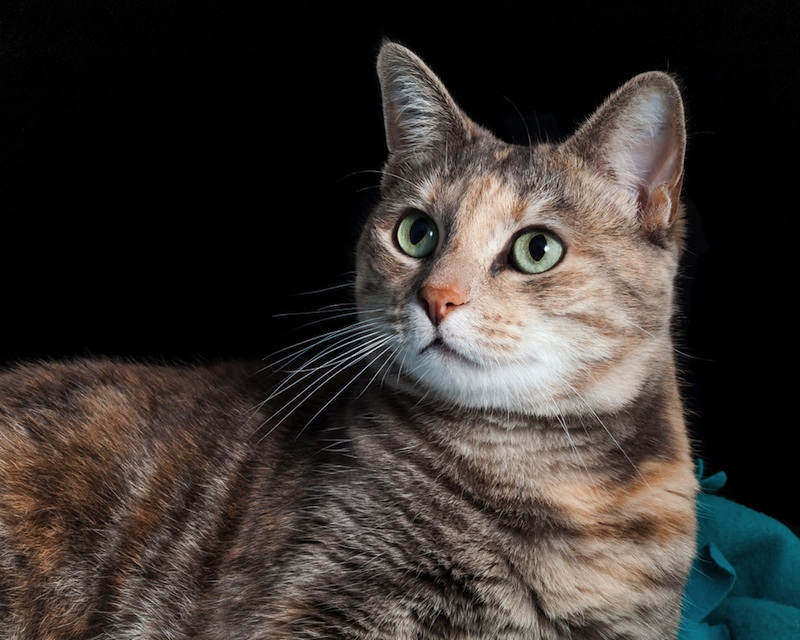
The world's oldest living cat is a 24-year-old feline with a hankering for KFC chicken and kebabs.
The cat, Poppy, is a mutt that lives in Bournemouth, England, with owner Jacqui West. Poppy also shares the home with West's husband and two sons, as well as four other cats, a rabbit and a hamster.
Poppy, now blind and deaf, has lived through four United States presidents, and despite her frail health, she still rules the roost at home, her owners say. [Images: See the World from a Cat's Eyes]
"Poppy is definitely the top cat, and she is still quite feisty. If one of the other cats tries to eat her food, she will bite them on the ear," West told the Guinness World Records.
The family isn't sure exactly why Poppy has hung on for so long, but West said the cat eats canned and dried food, with occasional fast-food treats, such as KFC chicken, kebabs, and fish and chips.
Before Poppy was crowned the oldest living cat, a 23-year-old Kansas feline named Pinky held the title. Pinky passed away last year. The oldest cat ever recorded, Creme Puff, lived in Austin, Texas, until her death at 38 years and 3 days in 2005. The average indoor cat lives about 15 years.
Poppy may be 114-years-old in people years, but she's far from the oldest animal out there. Giant tortoises typically live for about 100 years, though one living in a Indian zoo reportedly lived to be 250 years old. An Asian elephant at a zoo in Taiwan also reportedly lived for 86 years. And an ocean quahog, or clam, found in a seabed near Iceland was a mind-boggling 507 years old when it was cracked open by researchers in 2006, USA Today reported.
Get the world’s most fascinating discoveries delivered straight to your inbox.
But even those venerable animals are far from the oldest living things on the planet. An ancient bristlecone pine tree in California is thought to be almost 5,000 years old, and a colony of clonal aspen in Utah, named Pando, is at least 80,000 years old. In 2007, bacteria discovered in Siberian soil was found to be more than half a million years old.
Follow Tia Ghose on Twitter and Google+. Follow Live Science @livescience, Facebook & Google+. Original article on Live Science.

Tia is the editor-in-chief (premium) and was formerly managing editor and senior writer for Live Science. Her work has appeared in Scientific American, Wired.com, Science News and other outlets. She holds a master's degree in bioengineering from the University of Washington, a graduate certificate in science writing from UC Santa Cruz and a bachelor's degree in mechanical engineering from the University of Texas at Austin. Tia was part of a team at the Milwaukee Journal Sentinel that published the Empty Cradles series on preterm births, which won multiple awards, including the 2012 Casey Medal for Meritorious Journalism.


